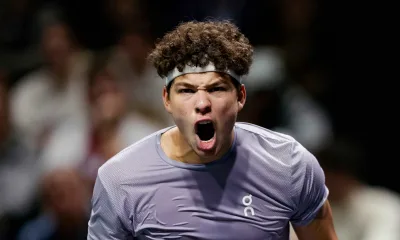ATP WTA
Evaluating the New Tennis Summer Schedule: Growth Amidst Tradition Lost
American summer tennis streamlines, boosting top events but losing historic tour stops.

The landscape of American summer hard-court tennis has shifted notably in 2025, marked by the disappearance of longstanding tournaments in cities including Indianapolis, Atlanta, Newport, New Haven, San Diego, Stanford, San Jose, and Los Angeles. This evolution reflects a broader strategic move to streamline the sport’s summer schedule, aligning both men’s and women’s tours more tightly and expanding marquee events.
Many of these former tournament sites carry fond memories for long-time tennis fans. From Rod Laver’s post-stroke doubles brilliance in Newport to Pete Sampras’s fierce serve at UCLA, these venues held intimate connections with tennis history. Now, with these tournaments gone, the summer hard-court season condenses, beginning directly with a 500-level event in Washington, D.C., followed swiftly by the expanded 1000-level tournaments in Canada and Cincinnati.
The rationale behind this contraction revolves around three main ideas: the rising popularity of dual-gender events, the simplification of the tour structure for broader audiences, and the enhancement of top-tier tournaments to boost their prestige and financial returns. To this end, the Canadian and Cincinnati Masters have grown their draws and lengthened their duration. Similarly, the US Open has extended its schedule, increasing both the total event length and introducing more mixed doubles competition shortly after Cincinnati.
This growth for premier events has had a downside, chiefly a reduction in smaller, single-gender tournaments and fewer opportunities for fans to see professional players in diverse U.S. locales. Players themselves have expressed mixed reactions, appreciating increased prize money but critiquing the lengthier commitments required. Notably, several top players have withdrawn from the National Bank Open in Canada, citing the challenge of an extended North American swing.
From a fan’s perspective, these changes are complex. There is clear benefit in larger, combined-gender events with heightened visibility. Yet, the loss of historically significant stops and the elongation of tournament calendars can diminish the spectacle’s intensity, as observed with the expanded Masters events in Madrid and Rome. Next, the impact in Canada and Cincinnati will offer further insight.
This summer, the new format has delivered success for the Mubadala Citi Open in Washington, the only 500-level dual-gender event. With no competing women’s tournaments nearby, this event has attracted more fans and media attention than before and featured American talents such as Taylor Fritz, Ben Shelton, Frances Tiafoe, Jessica Pegula, and Emma Navarro. Adding a touch of historic charm, Venus Williams celebrated a match victory at 45 years old, delighting spectators.
However, the restructured schedule excludes cities like Atlanta, parts of New England, and California from hosting professional-level tennis, making space for Challenger and Futures tournaments to perhaps fill those gaps. Newport’s dual-gender Challenger event during Wimbledon week exemplifies efforts to sustain regional tennis engagement despite the leaner top-tier calendar.
ATP ATP 250 ATP 250 Athens
Djokovic snaps losing run to Tabilo, advances to 225th career quarterfinal in Athens
Djokovic earned his first win over Alejandro Tabilo in Athens, moving into his 225th quarterfinal..
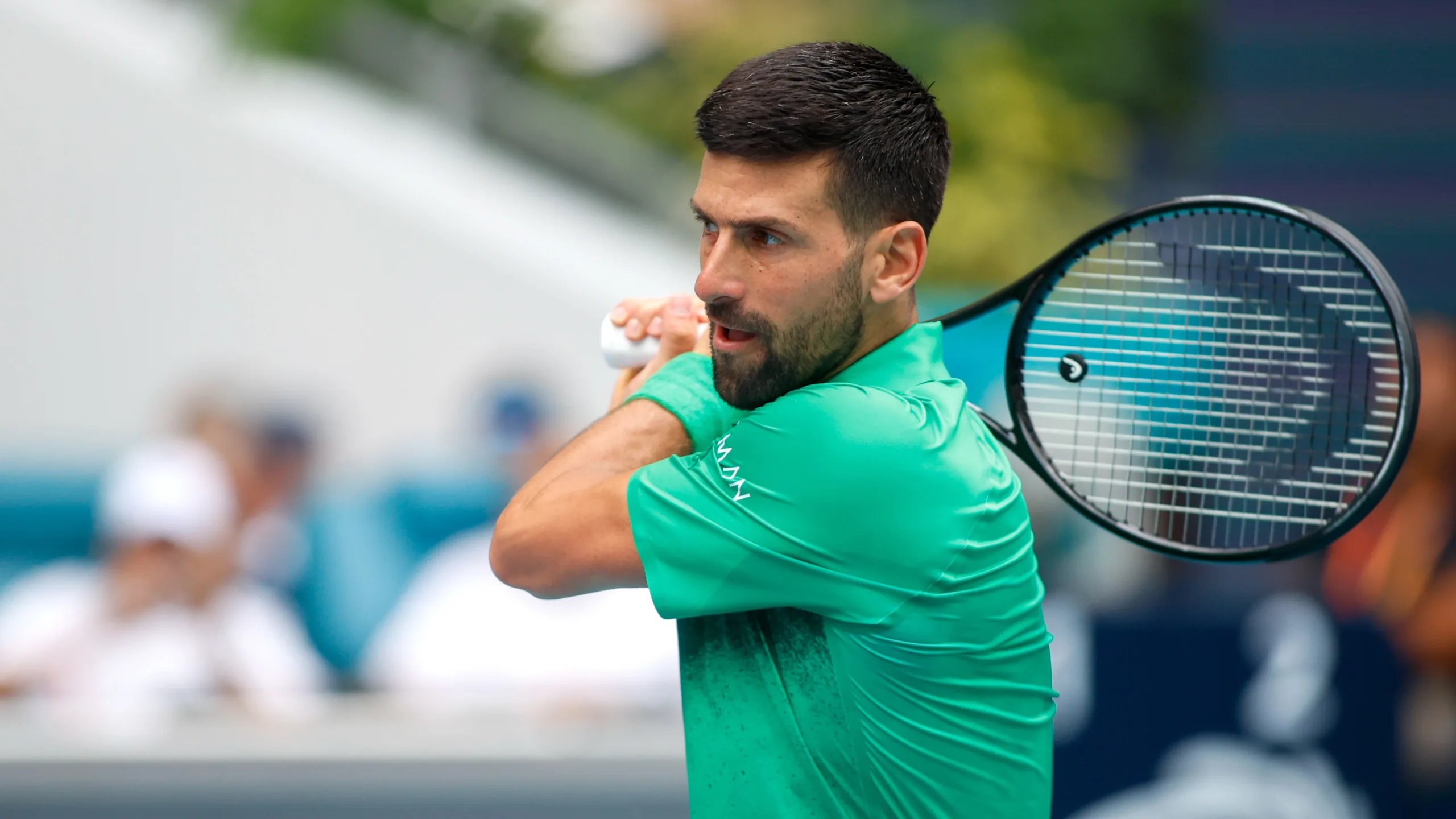
Novak Djokovic opened his Athens campaign with a straight-sets victory over Alejandro Tabilo, prevailing 7-6 (3), 6-1 at the ATP 250 indoor hard-court event. The result carried extra weight: it was Djokovic’s first career win against the Chilean and moved him into the 225th quarterfinal of his career.
Djokovic had lost the pair’s first two meetings in straight sets, falling to Tabilo in Rome last year and again in Monte Carlo earlier this year. In Athens he reversed those outcomes, taking a close first set in the tiebreak and then closing the match decisively in the second set.
The win halted a short head-to-head advantage for Tabilo and illustrated Djokovic’s capacity to adjust after previous defeats. It also created a statistical footnote: “But only one player—Roger Federer—has ever won their first three career meetings against Djokovic, and he’ll now remain alone in that stat.” Djokovic avoided giving Tabilo a third consecutive opening win and instead progressed through to the quarterfinal stage in Athens.
The match was played on the indoor hard courts that characterize this ATP 250 stop, and Djokovic’s straight-sets scoreline reflected a steadying of his game after the earlier tight opening set. By advancing, Djokovic not only secured passage to the last eight at the tournament but also added another milestone to an already extensive list of career quarterfinal appearances.
This victory in Athens represents a clear turnaround in the short rivalry between Djokovic and Tabilo, reversing two earlier straight-sets losses and reaffirming Djokovic’s ability to convert close matches into wins at tour-level events.
ATP Player News WTA
Sabalenka and Kyrgios to meet in Dubai ‘Battle of the Sexes’ exhibition
Sabalenka and Kyrgios will meet in Dubai on Dec. 28 for a ‘Battle of the Sexes’ exhibition. indoors.
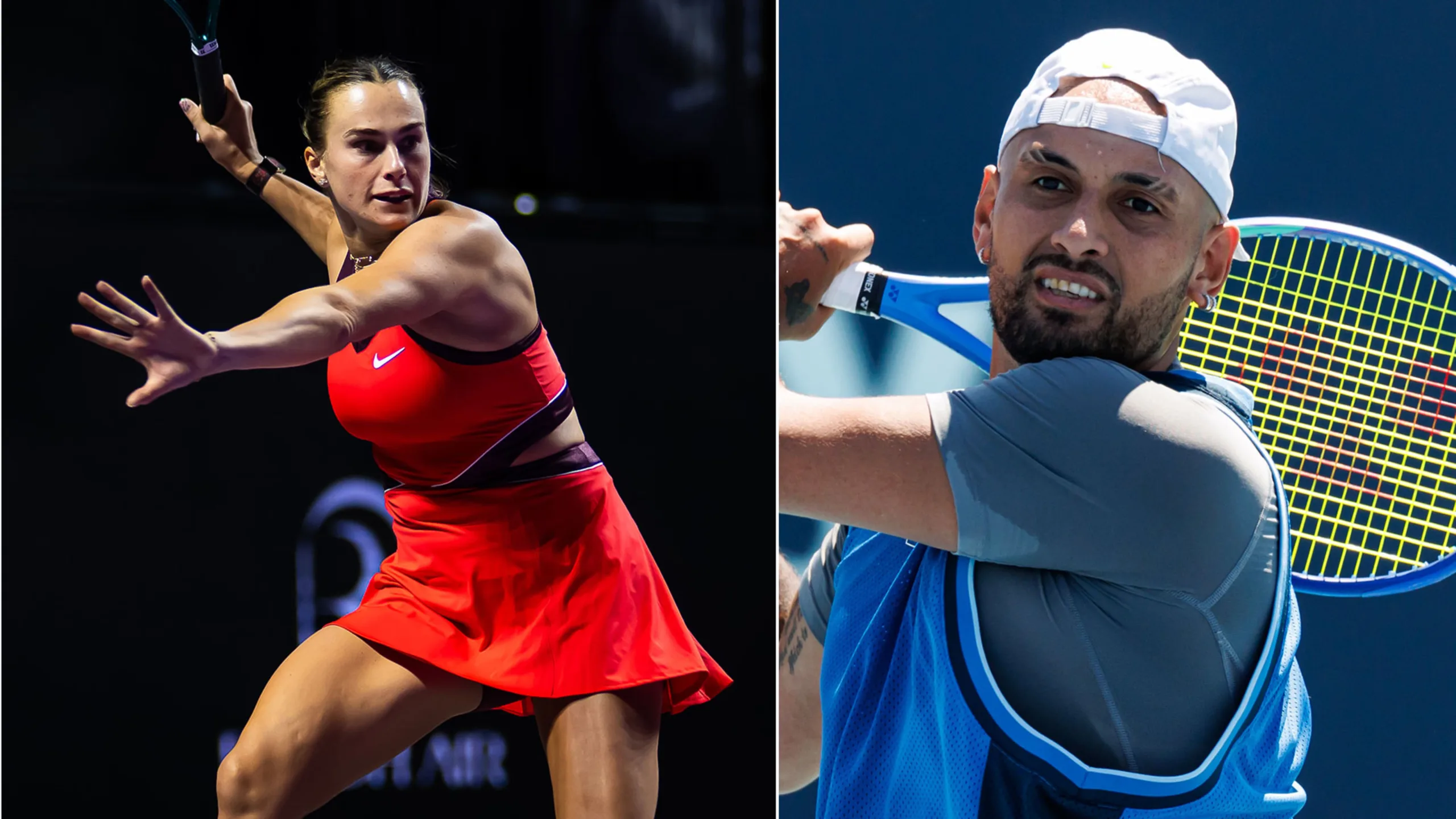
Top-ranked Aryna Sabalenka and former Wimbledon finalist Nick Kyrgios are scheduled to face each other in a “Battle of the Sexes” exhibition set for Dec. 28 in Dubai. The match will be played indoors at the 17,000-seat Coca-Cola Arena, and both players posted logistical details on their social media channels after Sabalenka confirmed during the U.S. Open that discussions for the match were underway.
Before their head-to-head meeting in Dubai, both players will take part in an exhibition in New York on Dec. 8, though they will not play one another there. Sabalenka will face Naomi Osaka and Kyrgios will play Tommy Paul in that event.
Kyrgios has outlined specific conditions for the Dubai match, saying he would get only one serve and would be hitting toward a smaller side of the court. The Australian, who has barely played in recent years because of injuries, has predicted he will win easily.
“I cannot wait to get back out on court,” Kyrgios said in an Instagram story. “Honestly I’m feeling amazing. I never thought I would be back into this position, being able to travel the world, see my fans and play some amazing tennis.”
The exhibition borrows its name from the famous 1973 meeting between Billie Jean King and Bobby Riggs, a match King won in straight sets in the Houston Astrodome. Sabalenka enters the off-season as a four-time Grand Slam champion and one of the top attractions on the women’s tour, while Kyrgios returns to a spotlighted appearance after a period of limited competitive play.
125 ATP Slovak Open
Young winners and seasoned pros: Blockx, Giustino, Shimabukuro, Jódar and Navone shine on the Challenger circuit
Blockx, Giustino, Shimabukuro, Jódar and Navone took Challenger titles across the circuit. worldwide
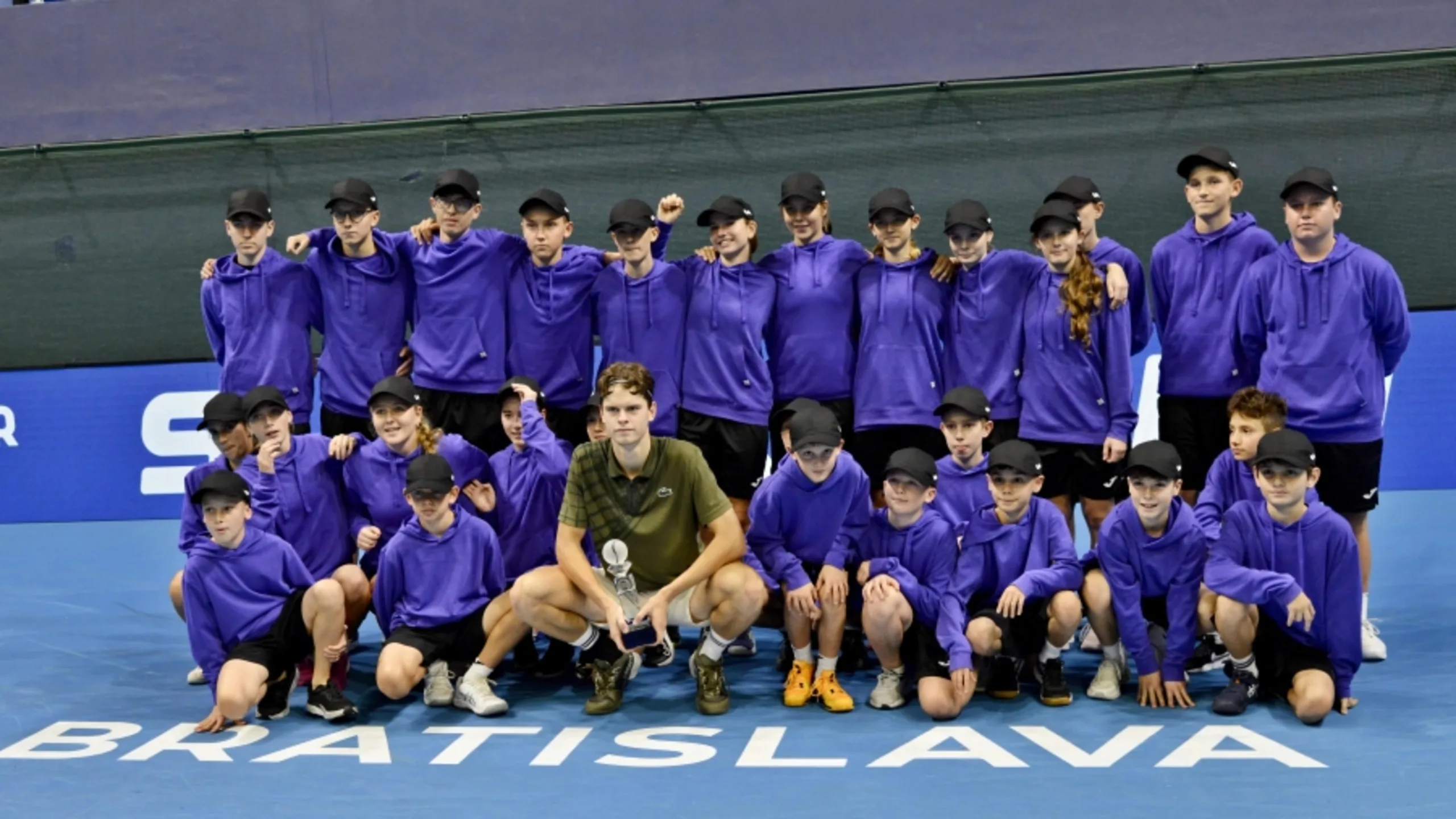
Belgian Alexander Blockx won the Slovak Open Challenger, defeating France’s Titouan Droguet 6-4, 6-3 in the final. The 20-year-old from Antwerp sealed victory in 69 minutes to claim his second Challenger title of the season after Oeiras and the third of his career. The former junior world No. 1 collected 125 ATP ranking points, pushing him to a new career-high just outside the Top 100 and surpassing his previous best of No. 116. Blockx is the first Belgian to lift the Slovak Open trophy in the tournament’s 26-year history.
The opening set saw both players hold serve until the eighth game before Blockx broke in the ninth to take it 6-4. He broke early in the second set and closed out the match by converting his second match point in the ninth game. “I think I played a good match,” Blockx said after the win. “It wasn’t my best tennis, but I was efficient. I served well, and with just two breaks in the match, it was pretty tight. I managed to take advantage of a few of his errors. Physically, I didn’t have as much energy as in the previous days, which is normal after four tough matches. My semifinal [against top seed Raphael Collignon] was one of the best matches I’ve ever played, so it’s not easy to keep that level. I’m happy I managed to finish strong.” He also recalled a narrow escape in round one. “Honestly, I was just happy to get through that first round,” Blockx admitted. “That gave me confidence, and I played better with every match. The field was very strong. This was one of the toughest and best Challengers I’ve played. Everything here in Bratislava was great—from the organization to the ball kids. I play my best tennis where I feel good, and here in Bratislava, it felt like home.”
Italian Lorenzo Giustino won the inaugural Monastir Open in Tunisia, beating Petr Brunclik 7-5, 6-0 in one hour and 52 minutes under clear skies at the Skanes Family Resort. Giustino converted five of 14 break points and won 58 percent of points. “I played very well. I was very nervous at the beginning, as I was also playing for a ticket to the Australian Open. I was good at the important points and improved throughout the match,” he said. Giustino earned $8,350 and 50 ATP points.
On hard courts, Sho Shimabukuro beat No. 5 seed Coleman Wong 6-4, 6-3 to win the EUGENE Seoul Open in 71 minutes, his fifth Challenger title and his second of the season. Rafael Jódar captured the Charlottesville title with a 6-3, 7-6(2) win over Martin Damm. In Lima, top seed Mariano Navone overcame Marco Cecchinato 6-4, 5-7, 6-4 to claim the Los Inkas Open after more than two hours and forty minutes; it was Navone’s eighth Challenger trophy and his second of the season.
-
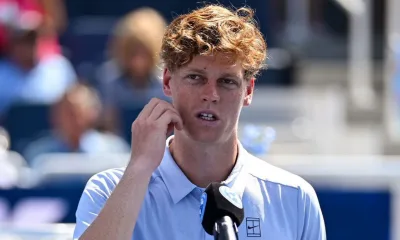
 Analytics & StatsATPUS Open2 months ago
Analytics & StatsATPUS Open2 months agoSinner: Predictability Cost Me in US Open Final as Cahill Reveals Djokovic’s Counsel
-

 Analytics & StatsUS OpenWTA2 months ago
Analytics & StatsUS OpenWTA2 months agoAfter the US Open: Six WTA takeaways from the 2025 tournament
-

 Analytics & StatsFinalsWTA2 months ago
Analytics & StatsFinalsWTA2 months agoCan Iga Swiatek Overturn Aryna Sabalenka for 2025 Year-End No 1?






